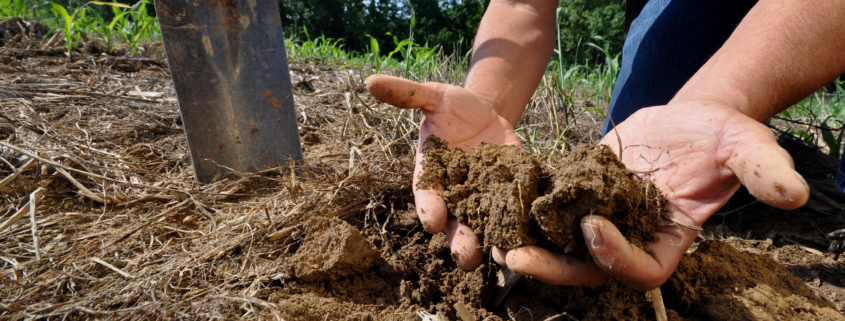How the Loss of Soil Is Sacrificing America’s Natural Heritage
Geologically speaking, I grew up in a small farm town on the Des Moines lobe, a huge tongue-shaped remnant of glacial activity that reaches south across central Iowa. All around us were mollisols with a deep A-horizon — a type of rich black topsoil visible in farm fields for miles in every direction. In school we were taught only one thing about that soil: to be proud of it. It was a given, a blessing, a moral fact. In a sense, it seemed to have no history. Yet when I was very young, I surely must have met old people — relatives from northwest Iowa — whose elders had helped break the prairie in the late 19th century, using heavy sod-plows and the great teams of animals needed to pull those plows through tenacious tallgrass. The way I was taught, it felt, somehow, as though the prairie’s providential job had been to keep the soil ready for a time when we would need it. By the time I was in school it was hard to find living prairie anywhere in Iowa. It had nearly all been turned.

